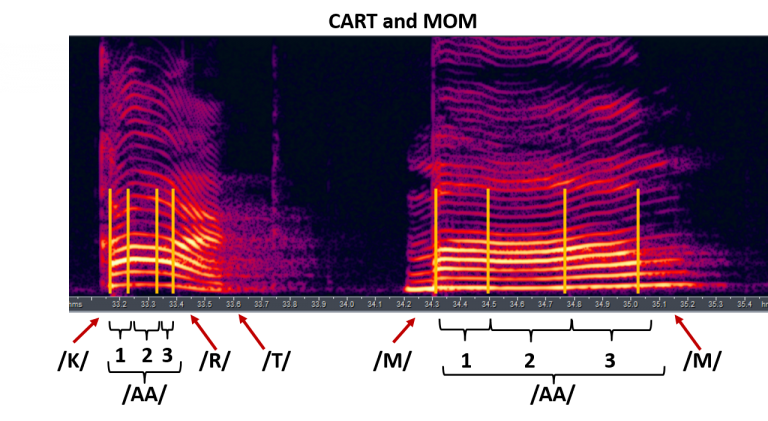Estimation of Children’s Physical Characteristics from their Voices
In this paper, using different formant-related measurements as exemplary analysis features generated within articulatory-phonetic guidelines, we demonstrate the nonlinear relationships of children’s physical parameters to their voice.
August 9, 2016
Interspeech 2016
Authors
Jill Lehman (Disney Research)
Rita Singh (Disney Research)
Estimation of Children’s Physical Characteristics from their Voices
To date, multiple strategies have been proposed for the estimation of speakers’ physical parameters such as height, weight, age, gender etc. from their voices. These employ various types of feature measurements in conjunction with different regression and classification mechanisms. While some are quite effective for adults, they are not so for children’s voices. This is presumably because in children, the relationship between voice and physical parameters is relatively more complex. The vocal tracts of adults, and the processes that accompany speech production, are fully mature and do not undergo changes within small age differentials. In children, however, these factors change continuously with age, causing variations in style, content, enunciation, rate and quality of their speech. Strategies for the estimation of children’s physical parameters from their voice must take this variability into account. In this paper, using different formant-related measurements as exemplary analysis features generated within articulatory-phonetic guidelines, we demonstrate the nonlinear relationships of children’s physical parameters to their voice. We also show how such analysis can help us focus on the specific sounds that relate well to each parameter, which can be useful in obtaining more accurate estimates of the physical parameters.

